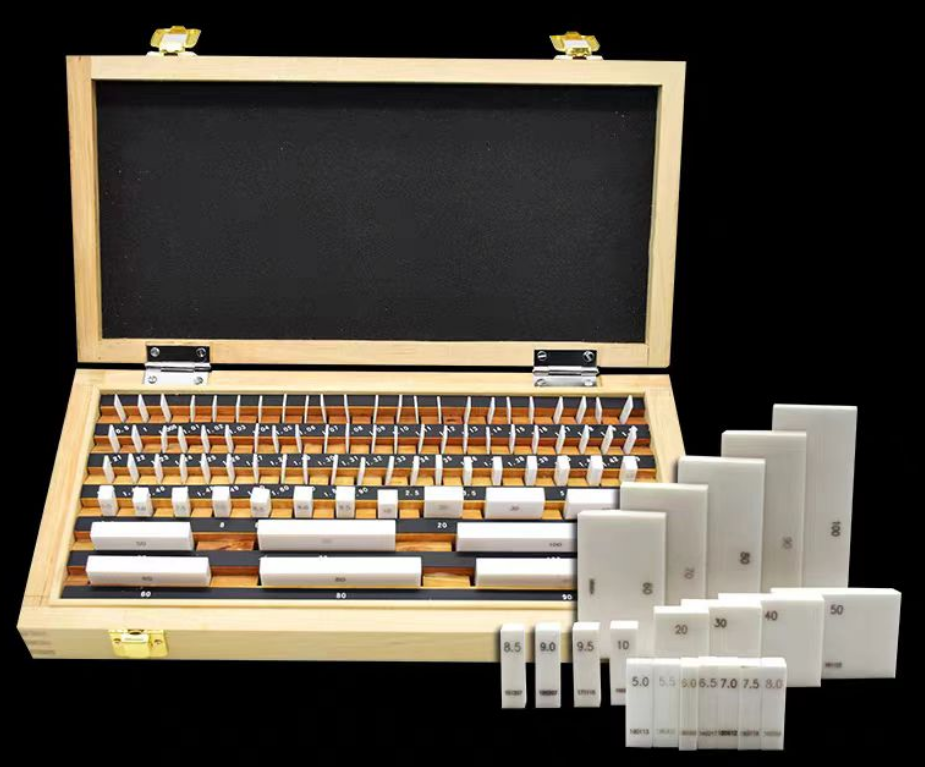In cutting-edge fields such as semiconductor manufacturing and quantum precision measurement, which are highly sensitive to electromagnetic environments, even the slightest electromagnetic disturbance in equipment can cause precision deviations, affecting the final product quality and experimental results. As a key component supporting precision equipment, the magnetic susceptibility characteristics of granite precision platforms have become an important factor in ensuring the stable operation of the equipment. An in-depth exploration of the magnetic susceptibility performance of granite precision platforms is conducive to understanding their irreplaceable value in high-end manufacturing and scientific research scenarios. Granite is mainly composed of minerals such as quartz, feldspar and mica. The electronic structure of these mineral crystals determines the magnetic susceptibility characteristics of granite. From a microscopic perspective, within minerals such as quartz (SiO_2) and feldspar (such as potassium feldspar (KAlSi_3O_8)), electrons mostly exist in pairs within covalent or ionic bonds. According to the Pauli exclusion principle in quantum mechanics, the spin directions of paired electrons are opposite, and their magnetic moments cancel each other out, making the overall response of the mineral to the external magnetic field extremely weak. Therefore, granite is a typical diamagnetic material with an extremely low magnetic susceptibility, usually around the order of \(-10^{-5}\), which can almost be ignored. Compared with metallic materials, the magnetic susceptibility advantage of granite is very significant. Most metallic materials such as steel are ferromagnetic or paramagnetic substances, with a large number of unpaired electrons inside. The spin magnetic moments of these electrons can rapidly Orient and align under the action of an external magnetic field, resulting in a magnetic susceptibility of the metallic materials as high as the order of \(10^2-10^6\). When there are electromagnetic signals from the outside, metal materials will strongly couple with the magnetic field, generating electromagnetic eddy currents and hysteresis losses, which in turn interfere with the normal operation of electronic components inside the equipment. Granite precision platforms, with their extremely low magnetic susceptibility, hardly interact with external magnetic fields, effectively avoiding the generation of electromagnetic interference and creating a stable operating environment for precision equipment. In practical applications, the low magnetic susceptibility characteristic of granite precision platforms plays a key role. In quantum computer systems, superconducting qubits are extremely sensitive to electromagnetic noise. Even a magnetic field fluctuation of 1nT (nanotesla) level may cause the loss of coherence of qubits, leading to computational errors. After a certain research team replaced the experimental platform with granite material, the background magnetic field noise around the equipment dropped significantly from 5nT to below 0.1nT. The coherence time of the qubits was extended by three times, and the operation error rate was reduced by 80%, significantly enhancing the stability and accuracy of quantum computing. In the field of semiconductor lithography equipment, the extreme ultraviolet light source and precision sensors during the lithography process have strict requirements for the electromagnetic environment. After adopting the granite precision platform, the equipment effectively resisted external electromagnetic interference, and the positioning accuracy was improved from ±10nm to ±3nm, providing a solid guarantee for the stable production of advanced processes of 7nm and below. In addition, in high-precision electron microscopes, nuclear magnetic resonance imaging equipment and other instruments that are sensitive to electromagnetic environments, granite precision platforms also ensure that the equipment can perform at its best due to their low magnetic susceptibility characteristics. The nearly zero magnetic susceptibility of granite precision platforms makes them an ideal choice for precision equipment to resist electromagnetic interference. As technology advances towards higher precision and more complex systems, the requirements for the electromagnetic compatibility of equipment are becoming increasingly strict. Granite precision platforms, with this unique advantage, are bound to continue to play an important role in high-end manufacturing and cutting-edge scientific research, helping the industry constantly break through technical bottlenecks and reach new heights.
Post time: May-14-2025

